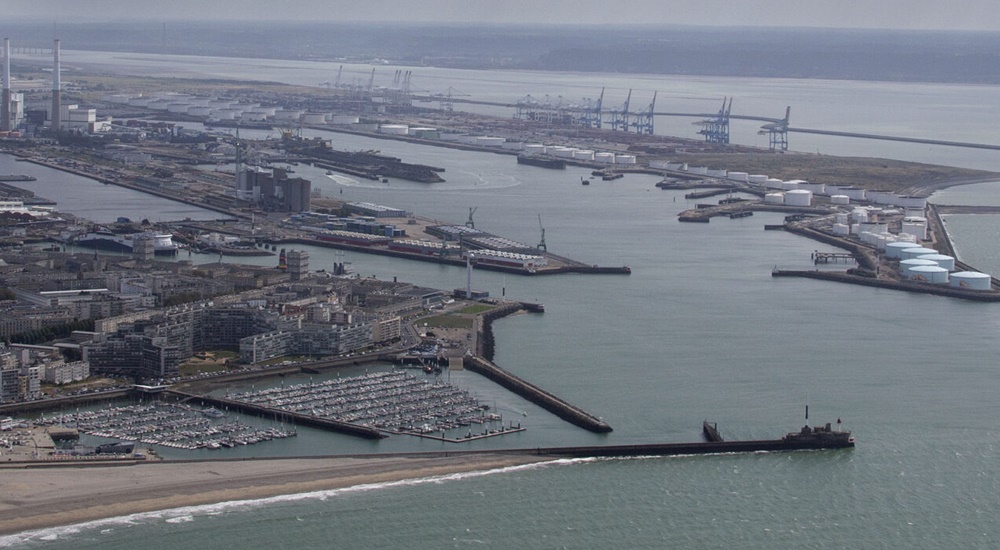HLH-HAROPA (Port Le Havre-Paris, France) launched shore power strategy 2019, prioritizing cruise ships whose terminal is located close to the city, with a goal for completion during 2022-2023.
In terms of river voyages, the project consists of deploying a network of a total of 78 new terminals allowing distribution of water and electricity to riverboats (in addition to 13 HLH cruise ship terminals already in use) along the Seine River axis.
Among alternative fuels being targeted are LNG, CNG (compressed natural gas, land-based mobility) and HS (hydrogen).
To contribute to the decarbonization of river and maritime transport activities, HLH is joining the Getting to Zero Coalition and partnering with the World Port Climate Action Plan. The Getting to Zero Coalition aims to reduce greenhouse gas emissions by 50% and more by 2050 from shipping. In order to achieve this, the members of the coalition are committed to helping with the commissioning of zero-emission ships and fuels by 2030.

The strategic objectives set for the 2020-2025 period include:
- "50 mW of photovoltaic electricity generation in 2025
- reducing consumption by 15% by 2025 and 40% by 2040
- deployment of solutions to supply docked vessels with OPS and other alternative energy modes for the cruise terminal and, in particular, certain roro terminals or container activities
- 100% of port equipment using alternative fuels or electricity by 2040
- increased supply of alternative fuels to ships; sharing best practices
- becoming a positive-energy port in 2040."
In 2018, as part of the World Port Climate Conference, HLH was one of the six founding ports behind the Environmental Ship Index (ESI), which rewards shipowners who use ships with the least impact on air quality.
HLH-HAROPA Le Havre remains a member of the international working group on the development of ESI, aiming to recruit new ports in the use of the index and to increase the number of ships signed up to the ESI (now 8,000+ ships, or 10% of the commercial fleet of the world).